I return to you, dear Muddy Colors readers, once again! If you missed the introduction in my first guest post, I’m Cory and I am filling in this month for Justin Gerard who has fled the internet to go get married IRL. My first post was on the importance of personal work. This entry will be an interview with the absurdly accomplished maker of swords and fine weaponry, David DelaGardelle.
David, thank you for joining us! First of all, tell us a bit about your background and how you got started making swords. What led you to establish Cedarlore Forge?
Thank you so much for having me! It’s an absolute honor and privilege, as I have been inspired and amazed by the work shared on this incredible blog since it’s beginning.
Looking back on my life I feel like I’ve been a swordsmith at heart ever since I was a little boy. I was raised in a creative and encouraging environment, thanks to my loving family. I grew up on a healthy diet of classic literature, including the epic fantasy works of authors like Tolkien, Lewis, Bunyan, and Chesterton. Also, I spent every summer running around the Northwoods of Scandinavian-heritage rich Door County, Wisconsin, which undoubtedly inspired my fast growing imagination. In many ways, I almost stumbled into swordsmithing by accident as a young kid with my life-long friend Andy Davis. Andy and I had been friends since middle school, both being like-minded fiery-hearted Tolkien-obsessed kids; we quickly setup a makeshift workshop on his parent’s farm property to try our hand at blacksmithing on the weekends. What began as a joke hobby quickly became something serious as it evolved into a business we fittingly named “Mad Dwarf Workshop”. We setup a website our freshman year of college to sell our simple forged knives and swords, like the ones we had read about in childhood. Heroic stories about defending the weak and fighting for truth in ancient mythology, folktales, and Anglo Saxon poetry fueled my creative fire from the start and still do to this day. I loved the idea of crafting a beautiful symbolic object to encapsulate those positive themes. When it came down to the tangible art itself, Andy and I learned primarily from numerous books and websites. We were blown away by the endless free knowledge available about the craft for which we took full advantage. In 2012, after several successful years of working and learning together, Andy and I parted ways as business partners but not as brothers and friends. I then established my solo swordsmithing endeavor; Cedarlore Forge.
Cedarlore Forge is my artistic exploration of the Northern European mythopoetic tradition, in the form of uniquely hand forged swords and artwork. I craft each piece with meaning and purpose, a mythic story to tell, and a truth to be known. I work with the raw materials as closely as they would have been used thousands of years ago by historical swordsmiths. To this day I am still learning this amazing craft, as it is an endless art form with no limit to the amount of perfection you can aim at, and effort you can pour into each piece.
I’m going to go out on a limb here and say that your Tolkien inspired work will strike a chord with most Muddy Colors readers. What is it that draws you to that tradition of fantasy? What do you hope people feel when they see your work?
Fantasy is an incredible world for artists to explore because in a strange way by exploring other worlds it helps us see our own more objectively and truthfully, and helps us appreciate beauty in the simplest of mundane things. I think the old enlightenment or “rationalistic” mindset of looking down on fantasy as something childish and contemptible is thankfully dying away in our culture, because it’s obviously neither. I love Tolkien’s argument against those who mock fantasy as “escapism” when he said:
“Fantasy is escapist, and that is its glory. If a soldier is imprisoned by the enemy, don’t we consider it his duty to escape?. . . If we value the freedom of mind and soul, if we’re partisans of liberty, then it’s our plain duty to escape, and to take as many people with us as we can!” – J.R.R. Tolkien.
And I couldn’t agree more. I want to help people “escape” their own “mind and soul” and look outside of themselves at what is objectively and unchangingly true and beautiful. The sword is a symbol that can easily do that in a human being. A sword is an object that serves almost as a litmus test for ones own soul. It immediately gives a weight of responsibility to its wielder, and with it you can do incredible good or incredible evil. So I want each sword I forge to tell a story, challenge people to fight the darkness in their hearts, defend beauty outside of themselves, speak truth, and be a symbol and a character in and of itself.
What does it take to craft a sword? Describe the process that goes into swordsmithing.
It always starts as a spark of inspiration in my mind before it goes anywhere else. I begin designing it first by either sketching out rough ideas on paper, or going straight into Photoshop to render the sword digitally. It all depends on the piece and its complexity. Once I have a design locked down I begin work with the raw materials. If the sword’s blade is pattern welded than I compile the layered billet together and forge weld it into a single bar in my forge. If the blade is mono-steel, I select the right bar of high carbon steel according to the dimensions of the sword. Then I will do a mixture of cutting, profiling, and forging to get it to the right shape. I work on giving the blade its bevels by rough grinding them in on my belt sander. Once the geometry is close, but not sharp, I begin heat treatment, which is the most crucial step. I harden the blade by heating it to non-magnetic temperature (bright red/dull orange) and then quench it in oil. After hardening, I temper to give it flexibility and so it won’t break under heavy use. I then begin crafting the hilt out of a wide variety of materials to choose from, such as: steel, iron, bronze, brass, wood, antler, and leather. The hilt is tightly and securely assembled so to never come apart, and the scabbard is fashioned out of similar or complimentary materials. I take the final stages of finishing each sword seriously, as the fine details matter a lot to me in my work. Each choice of color, material, polish, and patina speaks volumes about what the piece means and what it stands for.
You did some work for Marvel on Thor. What was your experience working with them and how was it seeing your work on the big screen?
It definitely was a huge opportunity and blessing for me in my personal career as a self-employed artist. This movie project gave me the opportunity to step out in faith and give all I have to go full time as a bladesmith. It also certainly helped spread my work out there a bit further than it would have spread otherwise. But it was not the most rewarding project I’ve worked on by any means. I much more appreciate working with one individual average person to help them bring their dream to life. I love building relationships with my customers and exceeding their expectations in the swords they dream of owning. That’s what brings me a huge amount of joy in this craft.
What is the most difficult part of being a swordsmith and what is the most rewarding?
I think for most bladesmiths it is balancing design with function. I think every true professional swordsmith would agree that you need to have solid historically time tested function and quality as your foundation, and then upon that you can build and express yourself as an artist with aesthetic design embellishments. Design should never compromise quality and the functional use of the sword though. Both design and function are very important in their own rights, but function should be the leader of the relationship.
The most rewarding thing would undoubtedly be holding a finished sword in your hand that started in your minds-eye, that you have literally poured your blood sweat and tears into. Steel, iron, bronze, wood, and leather are all things that go into making a beautiful sword, and all of them fight you every step of the way in their own ways. You have to patiently learn to master each, and no one ever truly learns to flawlessly master any of them in his lifetime. But when you do manage to fight through and are holding a finished well-balanced sword in your hands it is indescribably rewarding.
You also pursue illustration in addition to weaponry. Tell us a little about that.
Traditional art and illustration fits into my work hugely, especially since I briefly began to study it in college before stepping into swordsmithing full time, and for a years I hoped to be a full time illustrator. Even though swords are my primary bread & butter; illustration and drawing work still plays a huge role in almost every piece I make, as I design each piece out on paper before forging it. I often create visual back-stories for each piece, complete with characters that would wield such a weapon, and the decoration and ornamentation that adorns each sword.
I also often do illustration work for individuals and organizations in between sword commissions, for everything from magazine covers, CD covers, to book illustrations, such as my most recent project; “The Narrow Road”, a novel based off of John Bunyan’s classic The Pilgrims Progress.
What sort of hobbies do you enjoy outside of swords?
Answering this question will sadly reveal how pathetic I am…
But in all honesty, I really am doing what I love. Sword making started out as my hobby when I was only 13, and it still is today even when I’m not forging a sword for a client.
But other than swords I love filling up my sketchbooks with my own fantasy art. I’m an outdoor fanatic all year round and love Bushcraft survival skills. I love CrossFit, craft beer, pipe smoking, bonfires with friends, and good food smothered in Sriracha.
But most of all and more than anything else, spending time with my beautiful wife, traveling with her, and enjoying the tasty baked goods she makes (not covered in Sriracha).
Where can people keep up with you online?
My website with a gallery of past swords and art can be found at: cedarloreforge.com
You can support me and my work by liking Cedarlore Forge on Facebook.
My Flickr stream.
And you can follow me on Twitter: @cedarlore
Good denizens of Muddy Colors, it has been fun! I may or may not be back for one more post. All depends on Justin’s schedule. If this is in fact the last one, well, I have had a great time! Big thanks to Justin and Dan for inviting me to fill in.
As before, you can see more of my work over at corygodbey.com, or find me over on Twitter / Instagram / Facebook.
One final note: I just set ablaze my yearly Fire Sale. If you’re interested you can discover all sorts of treasures on my shop before they burn up.


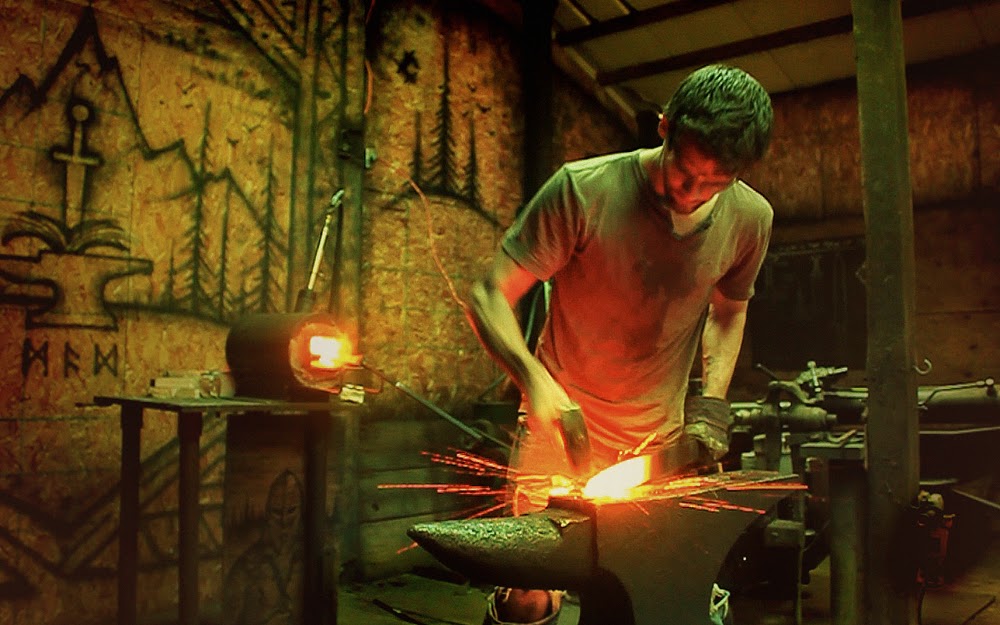
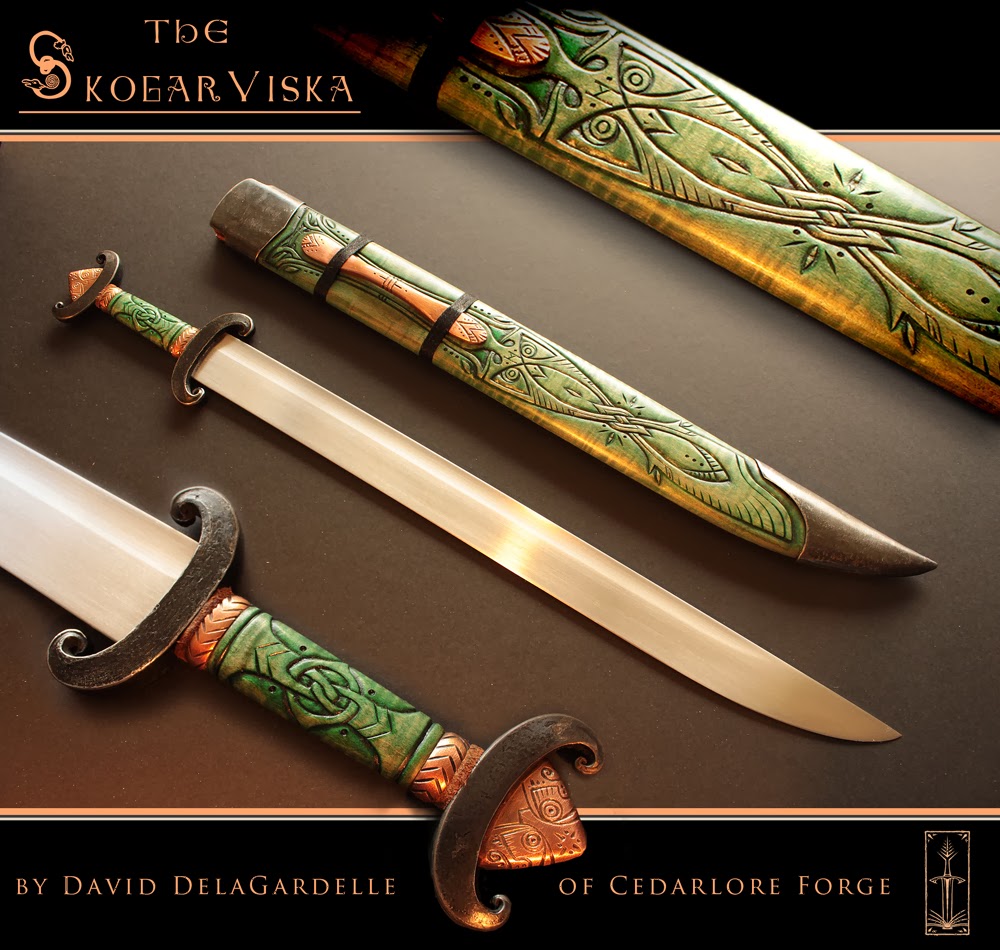
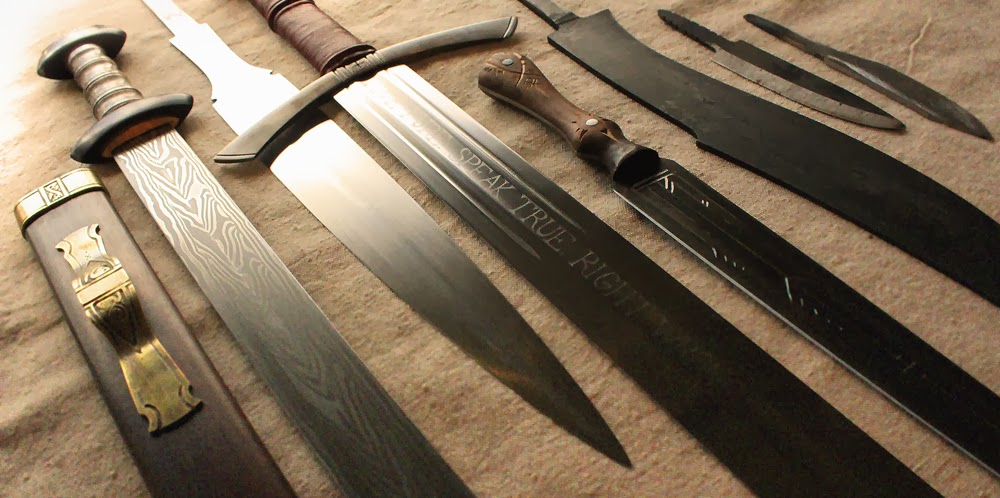
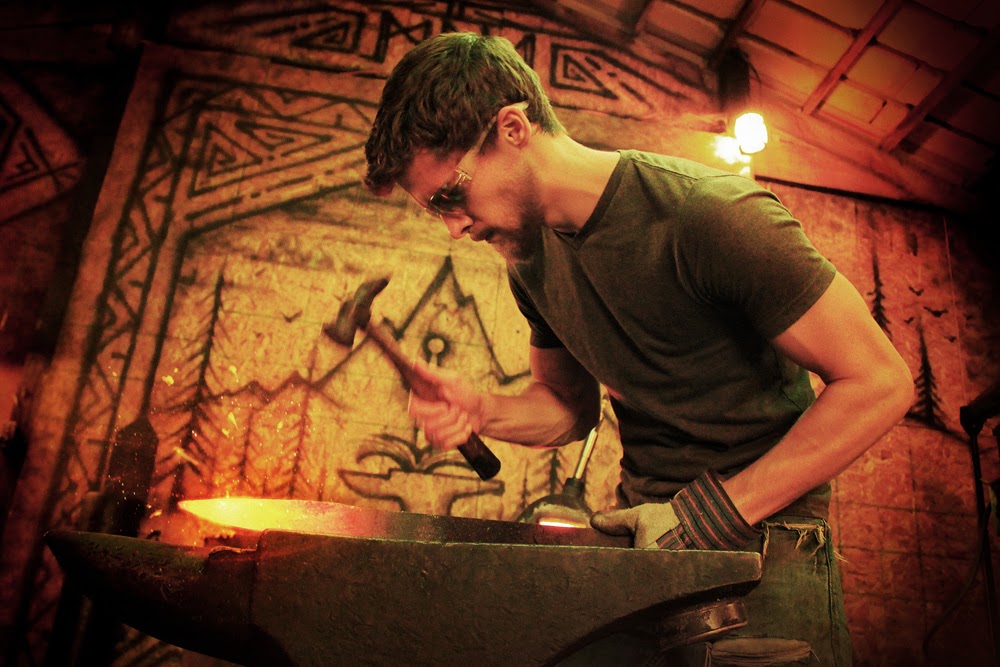
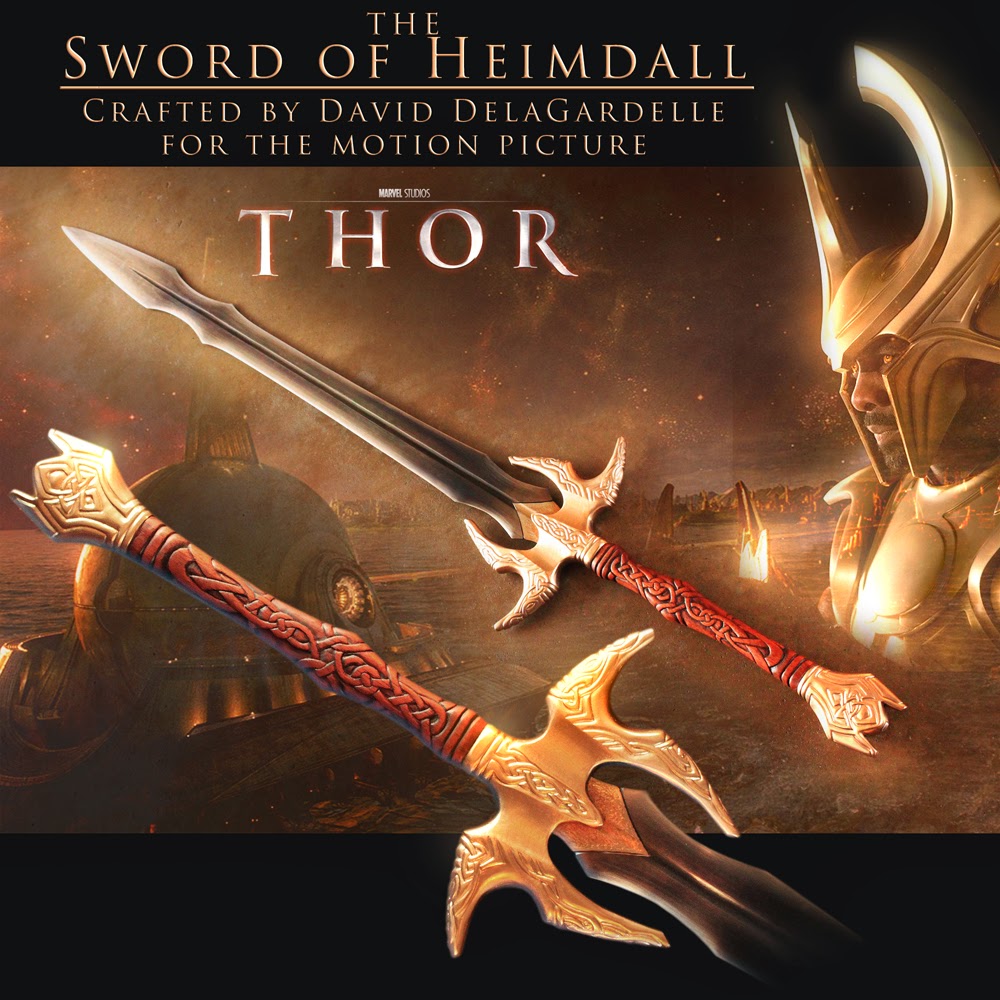
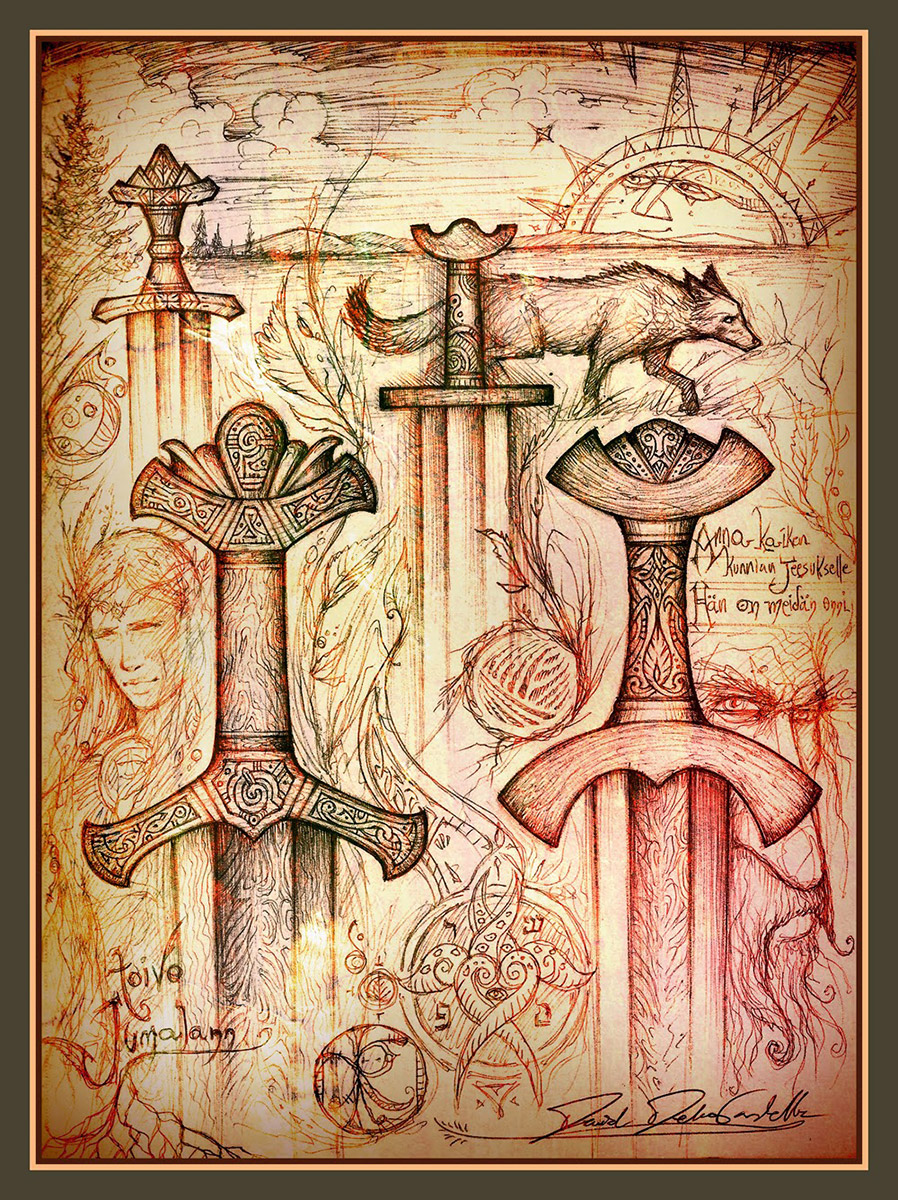
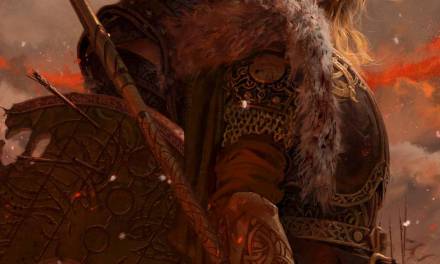

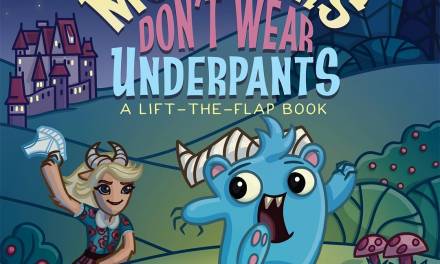


EPIC!
Great Interview. Terrific work.
Thanks for the interview David, and Cory, for putting it together! David, your work is stunning. One day I hope to own a Cedarlore sword of my own. Thanks for inspiring us with your dedication to your craft!
-Will
Beautiful work David!…..thank you Cory for the turning us onto his work. Hope to see more posts from you in the future!
Wonderfully interesting interview–thanks so much for putting it up, Cory.